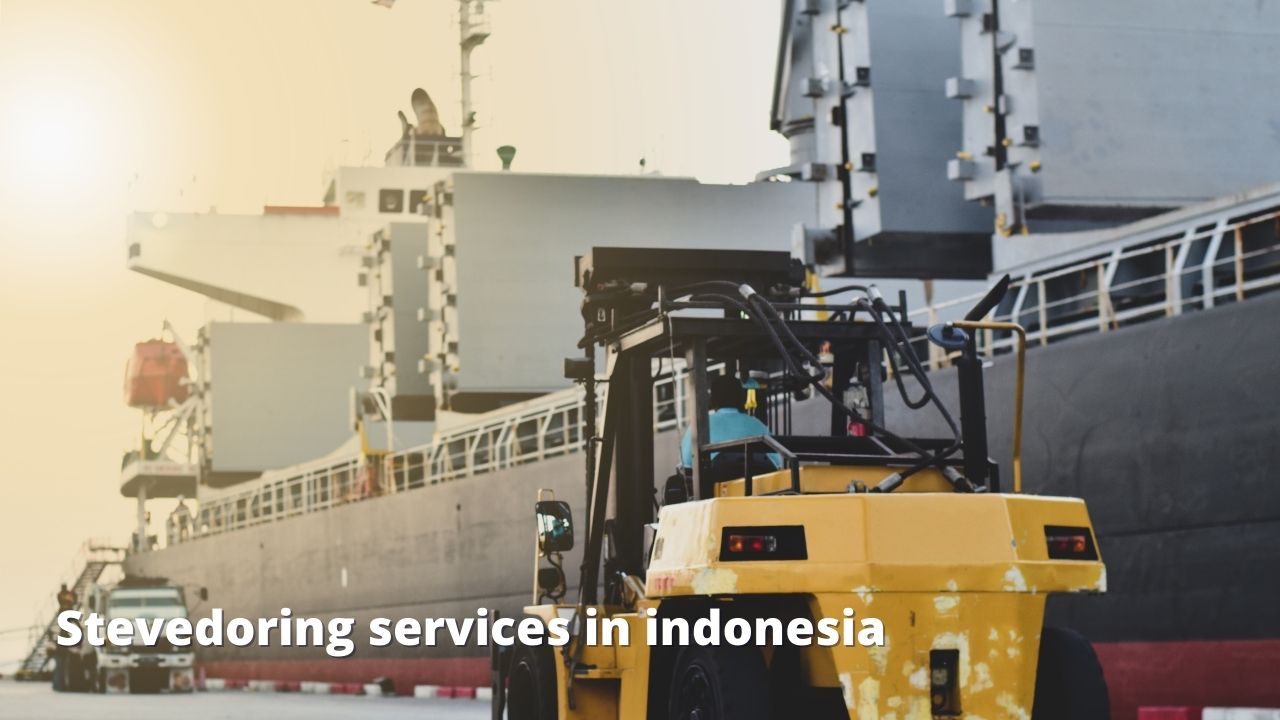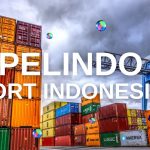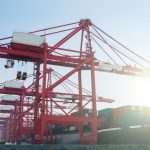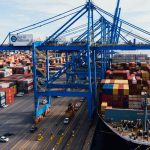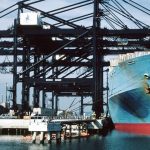In load and unload services at the port, of course, each ship will go through a step called stevedoring service. Stevedoring service in Indonesia is the first process, before entering the next process, namely cargodoring and receiving or delivery services.
As stated in the Regulation of the Minister of Transportation in Indonesia, in the systems and procedures for ship, goods and passenger services at seaports, load and unload services are activities for loading and unloading goods from and to ships, with activities including stevedoring, cargodoring, and receiving/delivery.
Stevedoring service is also explained in the regulation in Chapter I article 1 paragraph 14, that Stevedoring is the work of unloading goods from ships, either to docks, barges, or trucks. Likewise, the reverse process is the process of unloading goods from trucks, barges, or docks to ships. For arrangement into the ship, the cargo will be arranged in the ship’s hold with the help of land cranes or ship cranes.
Information at a glance to distinguish stevedoring from cargodoring and receiving/delivery. Stevedoring is the work of unloading goods from the dock to the ship or vice versa. While cargodoring is the work of releasing goods from ropes/nets at the dock and then transported to warehouses/goods stacking areas. Likewise the reverse process.
Receiving is the process of moving goods from the stockpile area or warehouse to a vehicle to be carried out of the dock. Likewise the reverse process.
From the explanation above, it can be seen that stevedoring is the first stage, and it can be done without using the next stage. Because, there are two processes of activities in loading and unloading ships at the port.
The first process is referred to as truck loss unloading. In this process, the ship only goes through the stevedoring stage. This is because the goods from the ship will be unloaded and placed directly on the truck or transport fleet. Next, the truck or transport fleet will leave the dock. In other words, with this first process, the ship will pass through the cargodoring and receiving stages.
However, the service with this first process is only intended for the transportation of basic necessities (nine corner materials), strategic goods, military goods and dangerous goods/materials that require special handling. This means that not all cargo ships can get through the truck loss unloading process. Alias, only ships with certain payloads that have been previously mentioned.
The second process is called unloading by non-truck loss. This applies to all types of payloads, except those noted above. For this one process, of course, each ship will go through the three stages of unloading as previously mentioned, namely stevedoring, cargodoring, to receiving.
Most importantly, regardless of the process that the cargo ship will go through, and regardless of the type of cargo, every ship will of course go through the stevedoring process. Ports in Indonesia are required to carry out the loading and unloading process by prioritizing the smooth process, safety of recipients and goods, correct reports, and regulating the use of labor according to process needs.
Make sure your ship has also received a monitoring report on the condition of the cargo, both cargo and containers. It has also received supervision and supervision of loading and unloading operational activities. Only then can the loading and unloading process be carried out on the ship.
For the warehousing process, aka transportation from the ship to the warehouse, incoming goods must be recorded and handled properly. Especially, for items with special handling. Likewise, for items that are stockpiled in open storage.
So that is a little information about stevedoring service in Indonesia, hopefully this information is useful.

